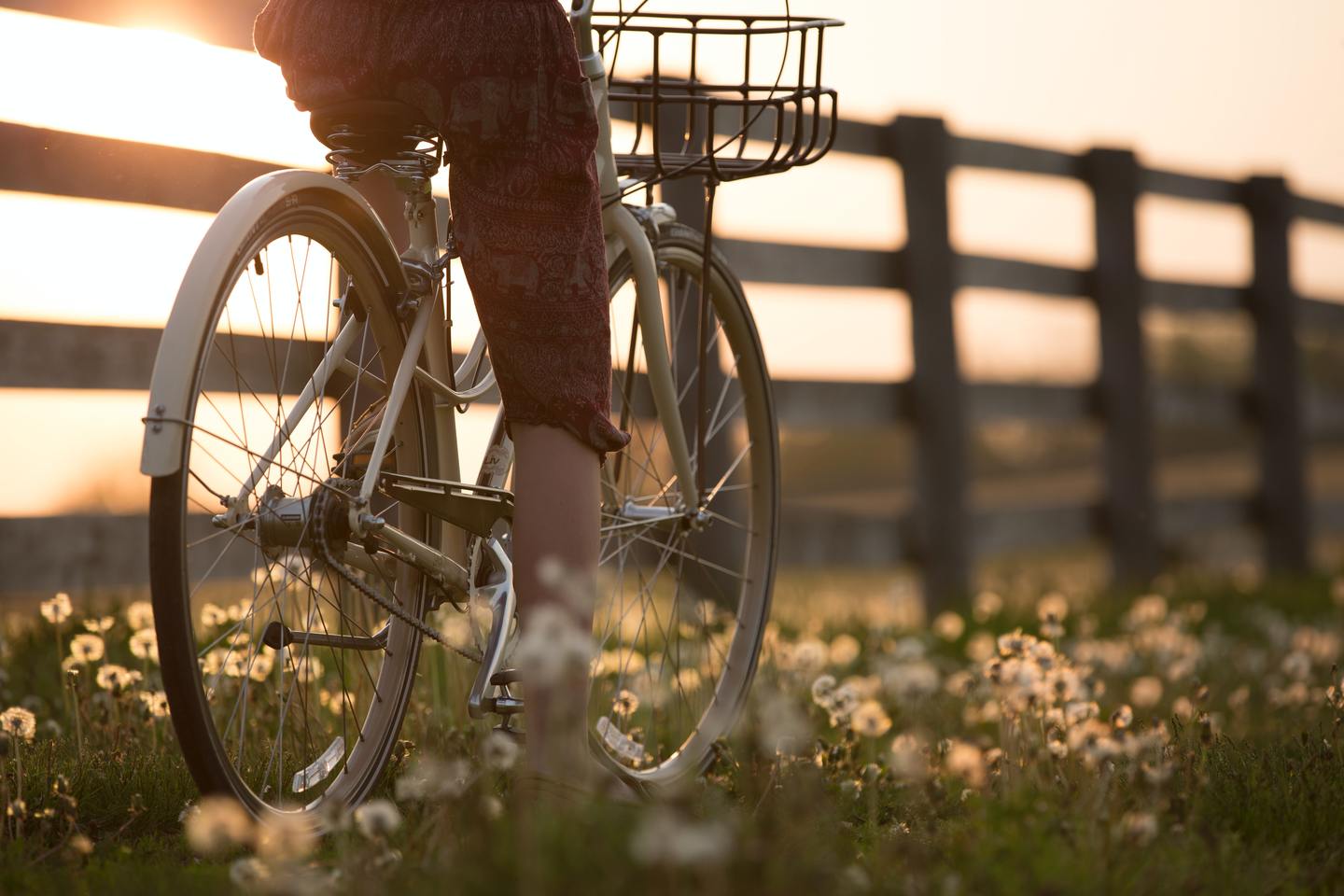How to Be More Sustainable

Little Things You Can Do for a Sustainable Lifestyle and Its Importance
"Without biodiversity, there is no future for humanity.” – David Macdonald, Oxford University Professor of Wildlife Conservation [1]
It is no exaggeration to say that humans face great challenges in terms of the destruction of the genetic levels, biodiversity, and ecosystems in the natural world. Biodiversity (all living organisms in their biotopes that are interconnected and dependent of each other) supports everything in nature that humans need to survive, from food and clean water to medicine and shelter. In fact, over half of the global economy relies on nature for its success [2]. Furthermore, our nature plays a crucial role in the emergence and prevention of pandemics [3], making the preservation of biodiversity vital for human health [4].
The Impact of Our Choices on the Environment
Since 1970, there has been an alarming decrease in animal populations due to human lifestyle and extension and scientists warn that 1 million species, out of an estimated total of 8 million, may face extinction [5]. Every day we make choices in our lives that affect the environment, and the climate. Embracing a sustainable lifestyle not only contributes to biodiversity conservation but also supports the preservation of threatened species. Opting for nature-based solutions and reducing our reliance on fossil fuels can help limit global warming to within 2°C, aligning with the United Nations' ambitious goals outlined in the 2030 Agenda for Sustainable Development [6].
Promoting Active Lifestyles for a Healthier World
In their report "More active people for a healthier world" [7], the WHO argues that more active societies could have beneficiary effects on the reduction of fossil fuels and cleaner air. This is supported by the Boston Consultant Group, which suggests that infrastructure and transport account for 25% of the negative impact on biodiversity. Fossil fuels are the largest contributor to global climate change [8] and there is extensive evidence to support that replacing fossil-based travel with fossil-free transport would benefit the environment, and eventually also personal health.
Taking Action: What You Can Do
A recent study concluded that a 20% increase in cycling globally could reduce CO2 emissions from urban transport by almost 11% in 2050 [9]. Furthermore, cycling has been proven to have numerous health benefits for numerous non-communicable chronic diseases [10, 11]. With the World Health Organization recommending 150 minutes of moderate physical activity per week [12], choosing to travel by bike for your daily activities is an excellent step towards sustainability.
In addition to cycling, here are a few more simple yet impactful suggestions for leading a more sustainable lifestyle:
- Eat more plant-based meals.
- Minimize food waste by reusing leftovers or getting creative with the ingredients you already have at home.
- Opt for walking or cycling instead of using a car for short distances.
- Use refillable water bottles instead of purchasing single-use plastic bottles.
- Take care of yourself! When you prioritize your well-being, you have more energy to care for others and the environment.
By embracing these small changes, you can contribute to a more sustainable future, for the environment and yourself!
Author: Luyolo Mazomba-Karlsson, Region Västerbotten
Sources
[1] The Economist Intelligence Unit (EIU). (2021). An Eco-wakening. London. The Economist.
[2] Boston Consulting Group. (2021). The Biodiversity Crisis Is a Business Crisis. [Online]. Available: bcg-the-biodiversity-crisis-is-a-business-crisis-mar-2021-rr, (2022, September 19).
[3] IPBES (2020) Workshop Report on Biodiversity and Pandemics of the Intergovernmental Platform on Biodiversity and Ecosystem Services. Daszak, P., das Neves, C., Amuasi, J., Hayman, D., Kuiken, T., Roche, B., Zambrana-Torrelio, C., Buss, P., Dundarova, H., Feferholtz, Y., Foldvari, G., Igbinosa, E., Junglen, S., Liu, Q., Suzan, G., Uhart, M., Wannous, C., Woolaston, K., Mosig Reidl, P., O'Brien, K., Pascual, U., Stoett, P., Li, H., Ngo, H. T., IPBES secretariat, Bonn, Germany, DOI:10.5281/zenodo.4147317
[4] WHO. (2015). Biodiversity and Health. [Online]. Available: https://www.who.int/news-room/fact-sheets/detail/biodiversity-and-health, (2022, September 19).
[5] E. S. Brondizio, J. Settele, S. Díaz, and H. T. Ngo (editors), IPBES. (2019): Global assessment report on biodiversity and ecosystem services of the Intergovernmental Science-Policy Platform on Biodiversity and Ecosystem Services. IPBES secretariat, Bonn, Germany
[6] Bronson W. Griscoma et al. (2017). Natural climate solutions. PNAS,
October 31, 2017, vol. 114, no. 44, page 11645–11650.
[7] World Health Organization. (2018). Global action plan on physical activity 2018–2030: more active people for a healthier world. Geneva
[8] UN. Climate Action. [Online]. Available: https://www.un.org/en/climatechange/science/causes-effects-climate-change, (2022, September 19).
[9] Institute for Transportation & Development Policy. (2015). A Global High Shift Cycling Scenario. [Online]. Available: https://www.itdp.org/wp-content/uploads/2015/11/A-Global-High-Shift-Cycling-Scenario_Nov-2015.pdf,(2022, September 19).
[10] Wasif Raza, Benno Krachler, Bertil Forsberg, Johan Nilsson Sommar. (2021). Air pollution, physical activity and ischaemic heart disease: a prospective cohort study of interaction effects. BMJ Open, 2021, Volume 11, Issue 4, Page e040912
[11] Nordengen S, et al. (2019). Cycling is associated with a lower incidence of cardiovascular diseases and death: Part 1 – systematic review of cohort studies with meta-analysis. Br J Sports Med 2019;53:870–878
[12] WHO. (2020) Guidelines on physical activity and sedentary behaviour. [Online]. Available: https://apps.who.int/iris/bitstream/handle/10665/336656/9789240015128-eng.pdf?sequence=1&isAllowed=y, (2022, September 19).
